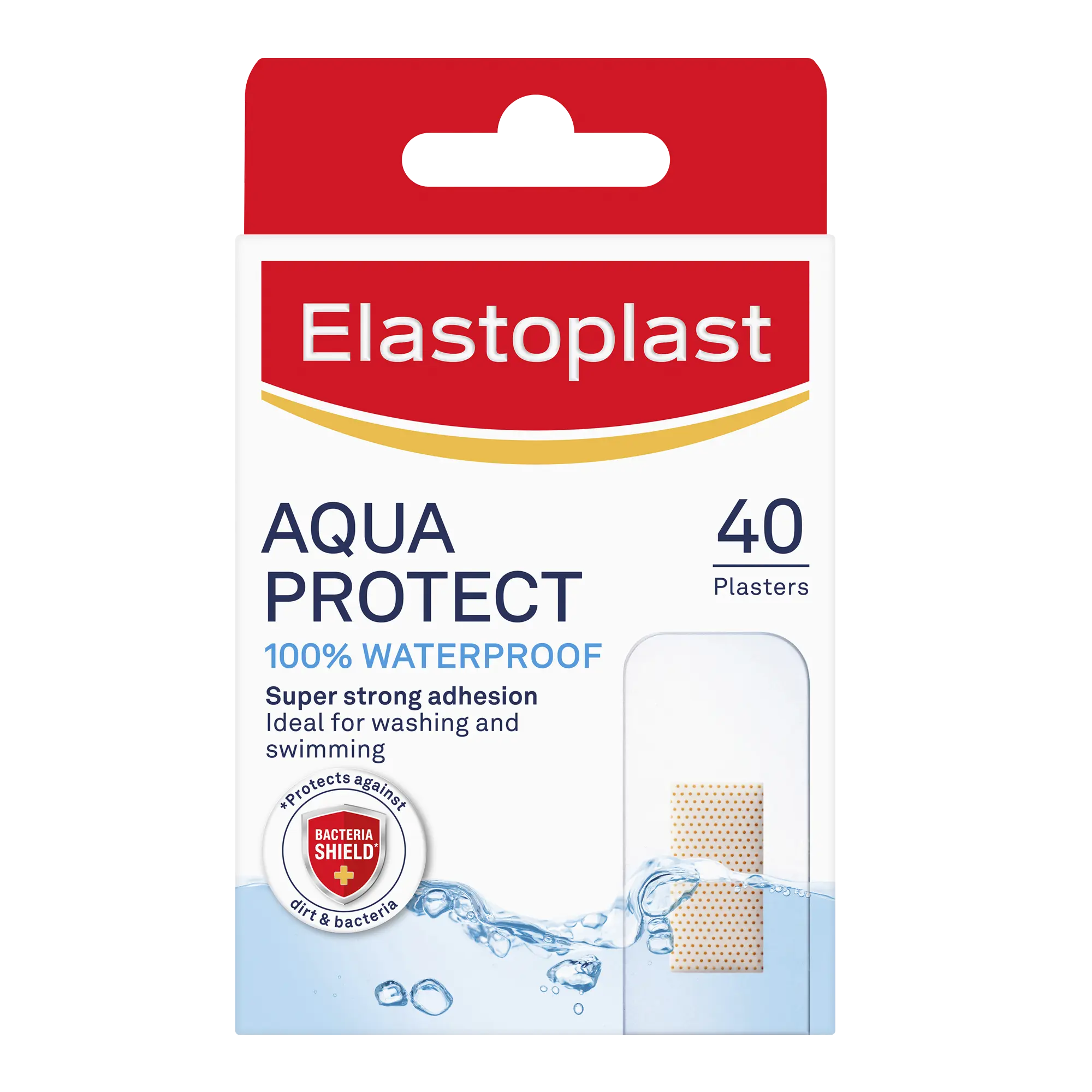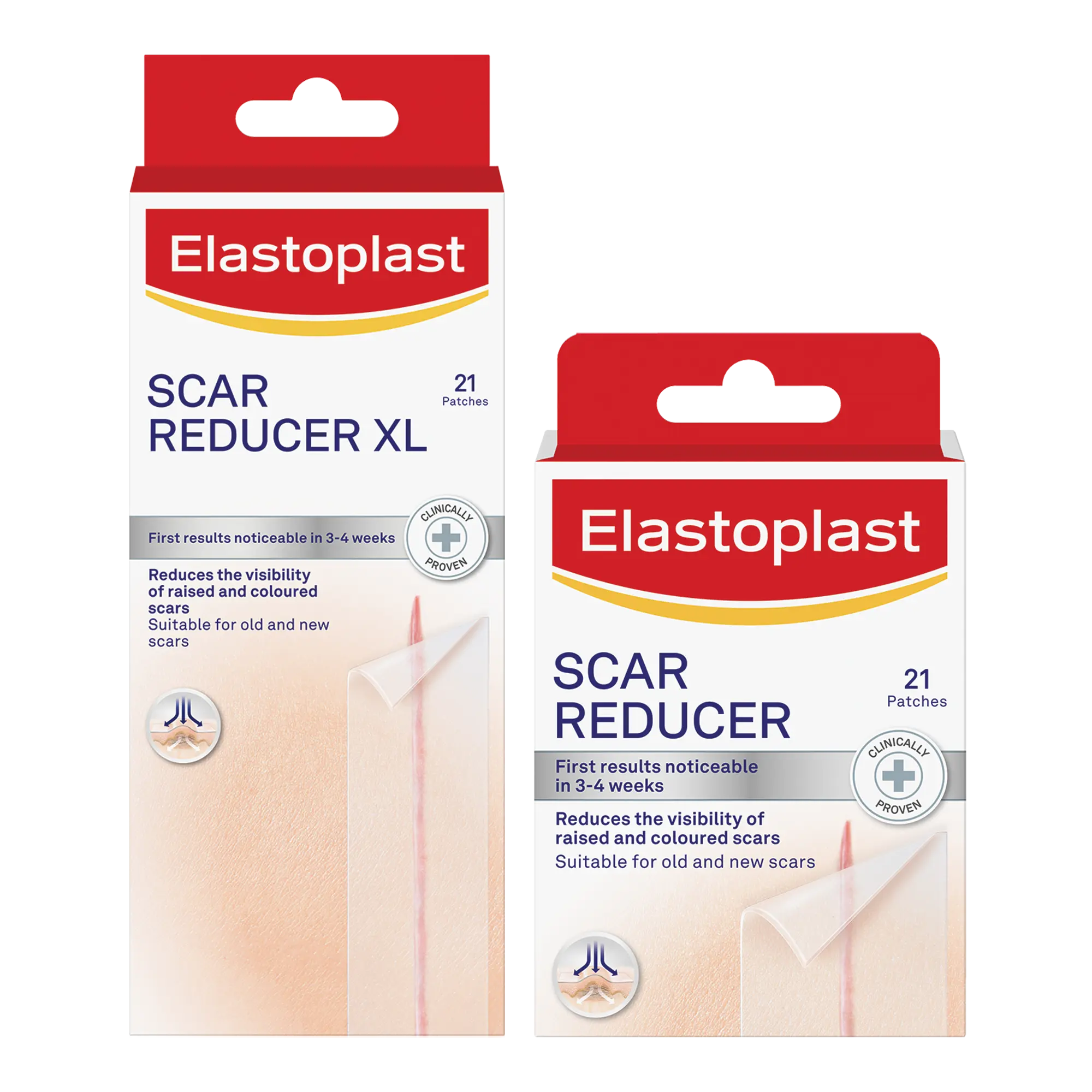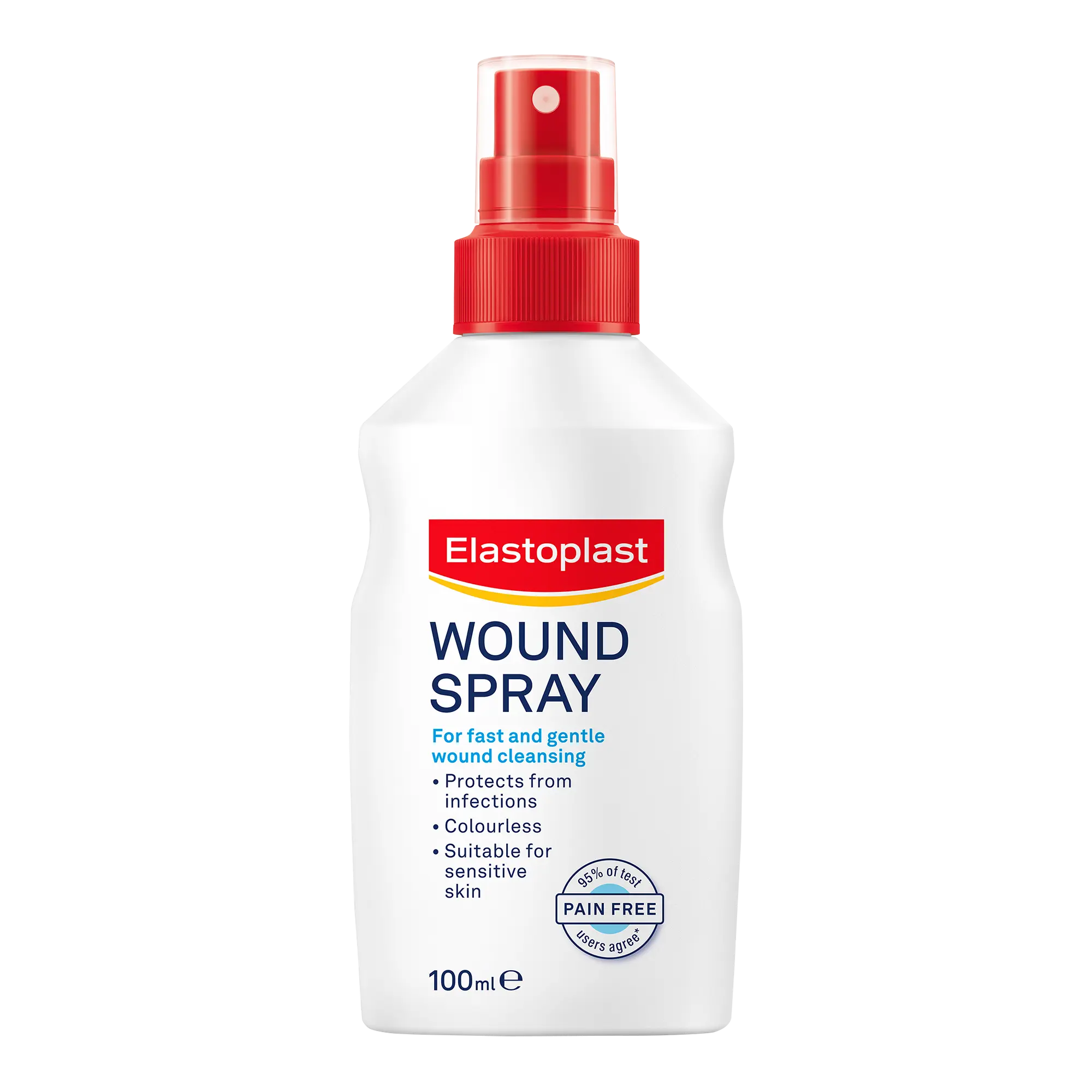Bruising can be painful and unpleasant. They commonly occur following an injury, such as a fall or collision with a hard surface. This causes the small blood vessels under the skin (capillaries), to break and leak red blood cells just under the surface of the skin.
As your body heals itself, the bruise will generally turn from a dark blue or black to a greenish yellow and then it will disappear. Luckily, there are plenty of ways to speed up the healing process as well as some simple steps we can take to prevent bruises from surfacing altogether.
Why Some People Bruise Easily
If you are one of the many people who bruise easily, then you might have wondered why it happens. There are many reasons why some people are more prone to severe or long-lasting bruising, including:
Excessive straining - when we put out bodies under strain, through exercise or excessive lifting and moving, blood vessels may burst and create bruising.
Sun damage - extended exposure to the sun can burn your skin, which causes it to lose resilience. This means that any knocks and bangs are more likely to lead to bruising.
Medications - certain medicine can reduce your blood’s ability to clot, which makes bruising more likely. Medications to be mindful of are aspirin, prednisone and prednisolone.
Diseases and disorders - if you bruise easily and often, with no strong identifiable cause, it’s a good idea to see a medical professional to rule out certain blood disorders or illnesses, such as diabetes.
Treatment for Bruises
When it comes to treating a bruise, it helps to remember R.I.C.E.R
- Rest - remove yourself from any danger and rest the affected area to protect it from further damage or straining.
- Ice - cold will reduce the swelling and sooth the pain. Apply an ice pack, such as an Elastoplast Sport Hot/Cold Pack, for 10 to 20 minutes, as needed.
- Compression - another way to decrease swelling is to wrap the bruised area, gently but thoroughly, with a medium weight Elastoplast’s Crepe Bandage.
- Elevation - keeping the bruised area at the level of your heart, or higher, will minimise swelling.
- Rest – resting the injured area will help to reduce further damage or swelling
Steps to Prevent Bruising
One of the best ways to avoid bruises completely is to make sure our capillaries are strong and flexible. A balanced diet, with plenty of bioflavonoids is your best bet. Good sources of bioflavonoids include dark, leafy greens, garlic, onions, and dark-coloured berries. To supplement this, you may wish to look at increasing your intake of vitamin C, hesperidin, and rutin, which have all been shown to reduce incidences of bruising.
Always see your doctor if the wound is deep, bleeding or shows signs of infection like reddening, swelling or warmth.
Also make sure to seek medical help if you are not able to clean the wound properly.
In case you have diabetes a proper wound care is of special importance. Always discuss any concerns you may have with your doctor and/or podiatrist, even for the care of minor wounds and skin cracks – especially on your feet.
Please note that none of the above given tips or recommendations substitute medical advice. Carefully read the instructions for use given in our products‘ packages. Important: consult a health professional in case of any uncertainty of treating your wound properly.
The information provided through this website should not be used to diagnose or treat a health problem or disease. It is not a substitute for professional care or advice. If you have or suspect a health problem, you should consult your doctor. Never disregard professional medical advice or delay in seeking it, because of something you have read on this website.
For further information regarding Elastoplast products, please contact us via email on anz.consumerservices@beiersdorf.com. Carefully read the instructions for use given in our products' packages.



